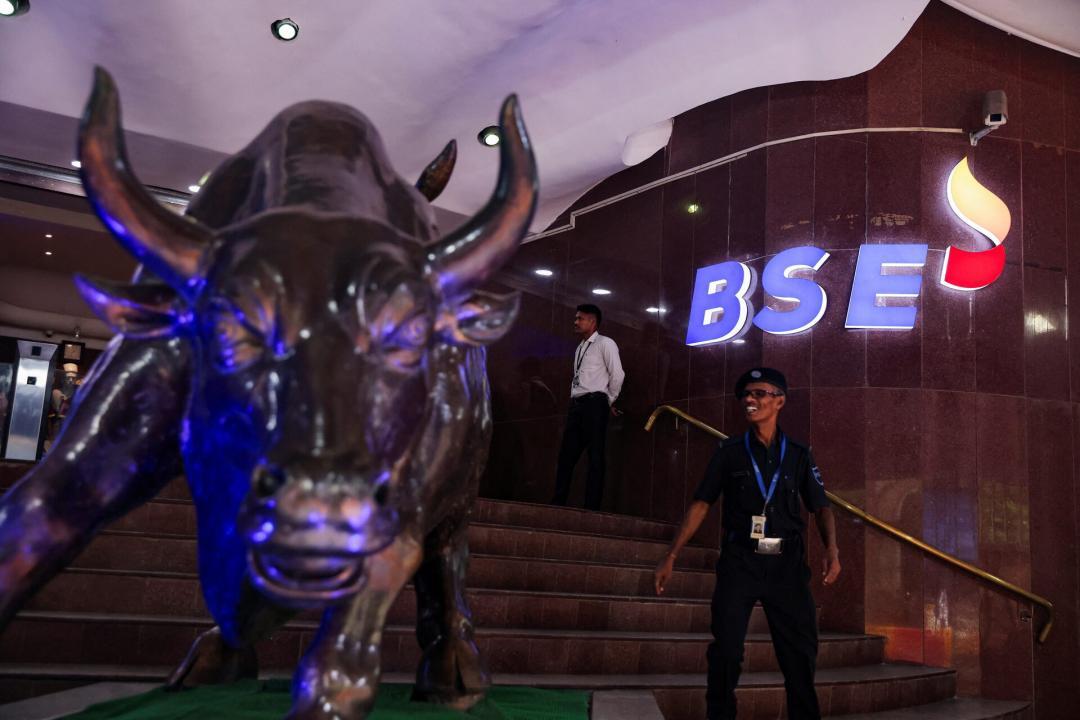 |
|
The Indian stock markets experienced a significant rebound on Tuesday, snapping a streak of negative performance. The benchmark Sensex index surged over 1000 points, closing at 78,429.33, while the Nifty 50 index gained 320 points, reaching 23,772.95. This substantial upward movement signifies a shift in market sentiment, offering relief to investors who had endured several days of losses. The resurgence was likely fueled by a combination of factors, including improved global economic indicators, positive domestic news, and investor confidence.
Among the key gainers were some of India's largest companies. HDFC Bank, Reliance Industries, Mahindra & Mahindra (M&M), Adani Ports, and Tata Motors all saw substantial increases in their share prices, contributing significantly to the overall market surge. This performance reflects positive investor sentiment towards these specific sectors – banking, energy, automotive, and infrastructure – indicating strong underlying confidence in their future prospects. However, the market movement wasn't uniformly positive; some significant players experienced losses.
Conversely, Bajaj Finserv, ICICI Bank, SBI Life Insurance, Hindalco, and HDFC Life were among the notable laggards, showcasing the volatility inherent in the market. The contrasting performances highlight the diverse factors influencing individual company valuations. While broader market sentiment may be positive, company-specific news, financial results, or sector-specific concerns can cause individual stocks to deviate from the overall trend. This underscores the importance of diversified investment strategies, mitigating the risk associated with individual stock fluctuations.
The market's reaction is also likely shaped by global economic trends. If global markets display positive momentum, this often translates to optimism within the Indian market. Conversely, negative news from major global economies could easily trigger a downturn. Analyzing global macroeconomic factors, such as inflation rates, interest rate adjustments by central banks, and geopolitical events, is crucial to understanding the dynamics affecting Indian stock markets. The interplay between domestic and international events underscores the interconnectedness of global finance.
The reasons behind the Tuesday surge are likely multi-faceted and warrant further investigation. Experts would need to analyze various data points, including trading volumes, investor behavior, and macroeconomic indicators to form a comprehensive understanding of the market’s sudden recovery. It's too early to definitively state whether this is a sustainable upward trend or a temporary rebound, underscoring the unpredictable nature of the stock market. Continued monitoring of market movements, coupled with a careful analysis of underlying economic conditions, is crucial for investors to make informed decisions.
While the market bounce is undeniably positive news for many investors, it's important to maintain a balanced perspective. The stock market is inherently volatile, and single-day gains or losses should not be interpreted as long-term indicators. Investors should focus on long-term investment strategies, diversifying portfolios to mitigate risk and aligning their investments with their risk tolerance. The ups and downs of the market are a normal occurrence; however, informed decision-making, driven by data analysis and careful consideration of broader economic trends, remains paramount.
